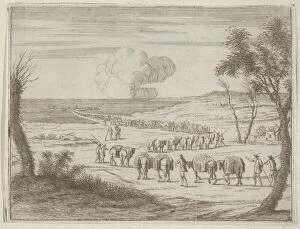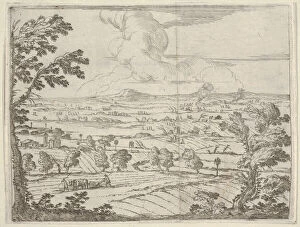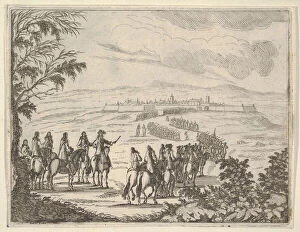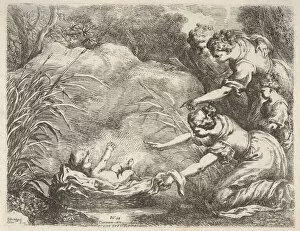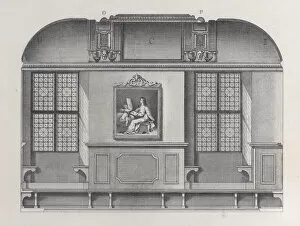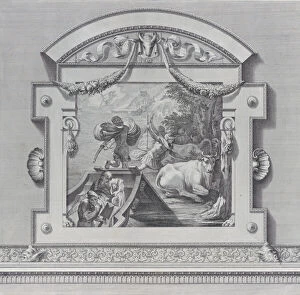Bartolomeo Collection (page 2)
Bartolomeo, the renowned Italian anatomist of the 16th century, left an indelible mark on the world of medicine
All Professionally Made to Order for Quick Shipping
Bartolomeo, the renowned Italian anatomist of the 16th century, left an indelible mark on the world of medicine. Born in Pistoia, Tuscany, Italy, his contributions to the field are still celebrated today. As we delve into his life and works, we discover a man whose brilliance knew no bounds. One notable connection to Bartolomeo lies in the Chiesa di San Bartolomeo in Pantano. This church stands as a testament to his legacy and serves as a reminder of his deep-rooted influence on anatomy. Venturing further into Italy, we encounter The Colleoni Statue in Venice. Although not directly linked to Bartolomeo himself, this magnificent sculpture symbolizes power and strength – qualities that resonated with him throughout his career. Another architectural wonder associated with Venice is Porta Della Carta. While it may seem unrelated at first glance, this grand entranceway represents the rich history and culture that surrounded Bartolomeo during his lifetime. As evening falls over picturesque landscapes like A Sera (The Evening), one can imagine how Bartolomeo's mind must have been filled with curiosity about human anatomy. His thirst for knowledge drove him to explore every facet of the human body meticulously. Art also played a significant role in Bartolomeo's life. Works such as Madonna And Child showcase both his appreciation for religious iconography and artistic talent. Additionally, Portrait of Vittoria Colonna by Bartolomeo Cancellieri reveals connections between influential figures during that era. History intertwines with science when examining Gian Galeazzo Visconti and His Three Sons – a masterpiece created by an artist named after our protagonist himself: Ab. Bartolomeo Borghi's Map of Italy from 1836 offers insight into how geography shaped society during those times. Delving deeper into artistry brings us face-to-face with bas-relief polychrome glazed terracotta.

